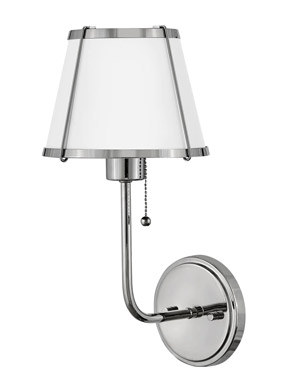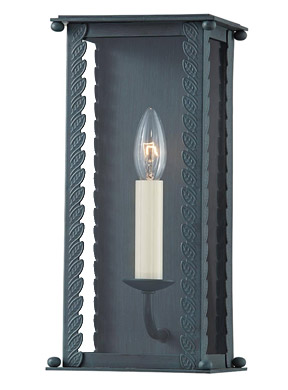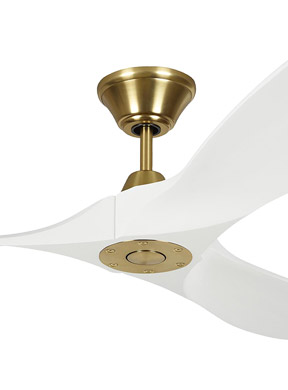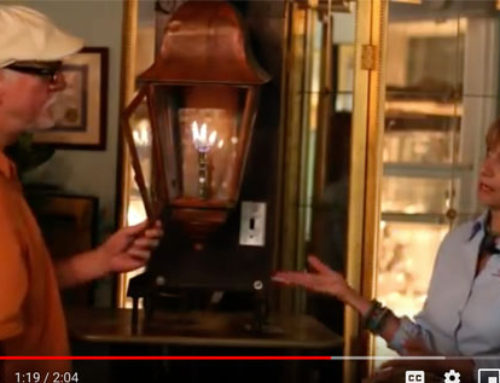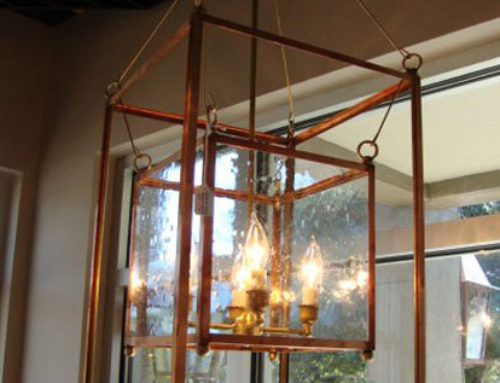During ancient times, providing light in the darkness was a significant problem. After the invention of candles, lanterns soon became popular. The Greek poet Theopompus in ancient Greece first spoke of them. Now, thousands of years later, we have light in plentiful supply during the night hours, thanks to our technological innovations. Yet, there’s something intriguing, romantic and beautiful about the glow of a lantern or candle that humans are still drawn to. Today, lanterns can either be fueled by gas or powered by electricity. There are advantages and drawbacks to both. Let’s compare the two to see which one best suites your budget and your needs.
First let’s look at electric lanterns. All electric lanterns are powered through the electricity from your home. There are several different types of bulbs that can be used. LED lights are best if you want to get the most out of your batteries. Fluorescent bulbs produce brighter light, but they must be properly disposed of after usage. Incandescent lights are bright, but their battery life is average and the bulbs are more fragile that LED lights. Overall, no matter what type of bulb you are using there are several pros to using electric lanterns: 1. They are quiet. 2. They produce no exhaust. 3. They’re safe around kids since LED and fluorescent bulbs produce no heat. 4. They can be set to a timer to come on and off. The only con to using electric lanterns is the need to keep buying and disposing of bulbs and LED bulbs can be especially pricey.
Unlike electric lanterns, there isn’t a wide array of options for gas-powered lanterns. Gas-powered lanterns are powered from gas lines that run directly from your home. One drawback to this is that, if you do not have a gas line running to the place where you desire to put a standing lantern, the cost is pretty hefty, sometimes costing up to $1,000 per gas line. Gas lanterns require significant maintenance in situations where there may be a gas leak or the lantern burns out and becomes damages. One pro about gas-powered lanterns is their ability to produce stronger, more intense light than electric lanterns. However, they do have their cons: 1. They require plenty of ventilation, which means they cannot be placed in small, enclosed places. 2. They do generate heat, so caution must be exercised around children. 3. They tend to be noisy.
Although both have their pros and cons, it seems that, if you are the type of person who rather do less maintenance on lanterns and focus on other home décor and projects, electric lanterns are probably the way to go. But, if you don’t mind some maintenance and you’re drawn to that beautiful glow that a gas-powered lantern can provide at the end of your driveway, then gas-powered lanterns are probably right for you.



